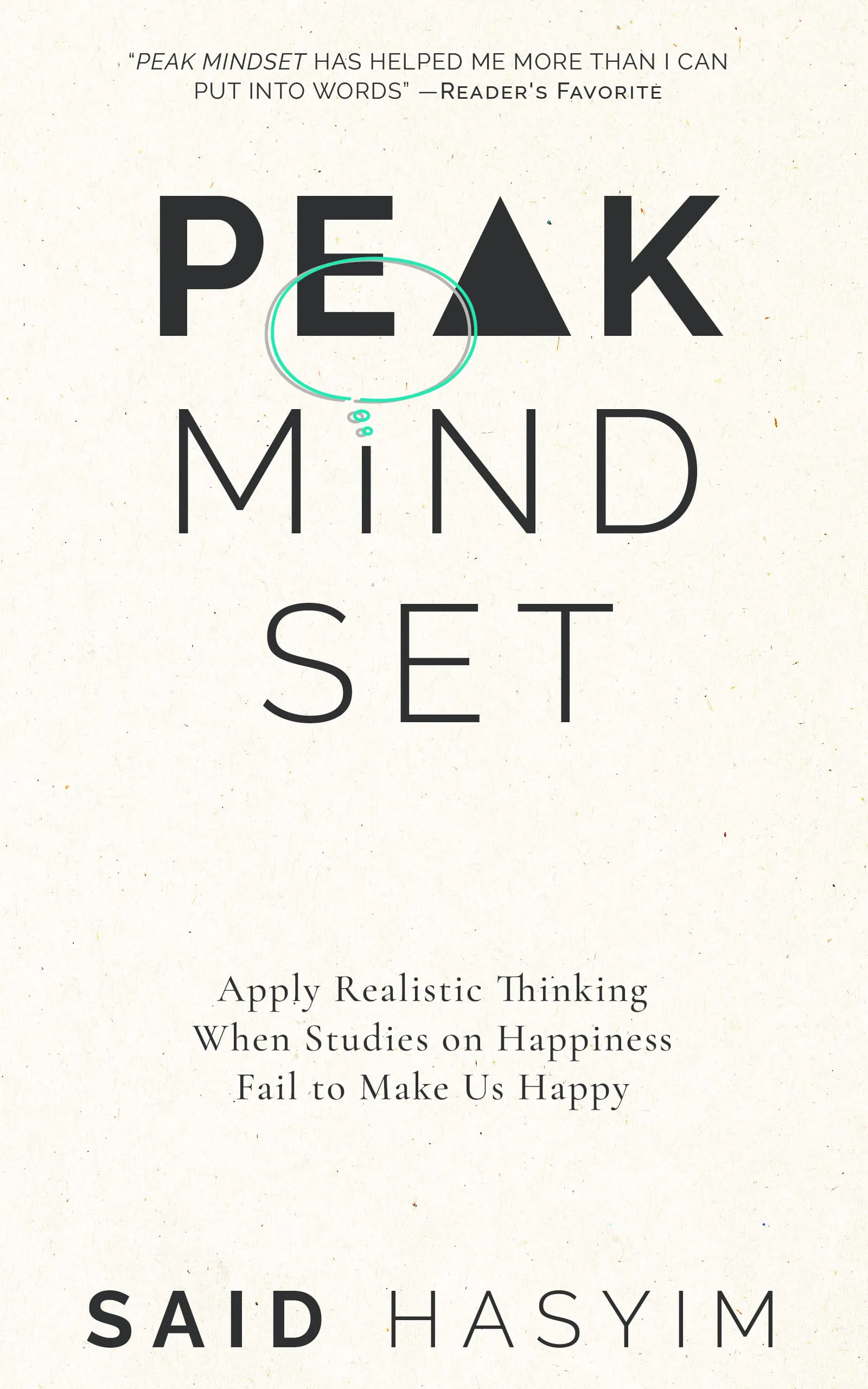Strategies for Realistic Decision-Making
Making decisions is an inevitable part of life, from choosing what to eat for breakfast to determining the direction of our careers. However, not all decisions are created equal, and some require a more strategic approach than others, especially when the stakes are high. In this blog post, we will explore various strategies for realistic decision-making that can help you navigate through complex choices with clarity and confidence.
Understanding Decision-Making
Decision-making is a cognitive process that results in the selection of a course of action among several alternatives. It involves evaluating the various options based on available information, potential consequences, personal values, and emotional responses. The essence of realistic decision-making is grounded in pragmatism and rationality, enabling individuals to make choices that are feasible and grounded in reality.
The Importance of Realistic Decision-Making
Realistic decision-making is crucial for several reasons:
- Clarity: It helps in breaking down complex situations into manageable parts.
- Accountability: It encourages individuals to take responsibility for their choices.
- Cost-Effectiveness: It minimizes the risk of making expensive errors in judgment.
- Informed Choices: It engages critical thinking and analysis, leading to more informed outcomes.
Strategies for Effective Decision-Making
Here are several strategies that can foster a more realistic approach to decision-making.
1. Define Your Goals
Before making any decision, it's imperative to clarify what you want to achieve. Understanding your short-term and long-term goals can guide your choices and help you avoid distractions or temptations that lead you away from your objectives. SMART goals—Specific, Measurable, Achievable, Relevant, and Time-bound—are a great framework to ensure clarity in defining your aims.
2. Gather Relevant Information
A well-informed decision stems from comprehensive research. Collect data that pertains to your choices, including facts, opinions, and statistics. However, be cautious not to fall into the trap of analysis paralysis, where excessive information leads to inaction. Prioritize quality over quantity and focus on the specifics that significantly impact your decision.
3. Consider All Options
Limitations can cloud judgment, leading to premature conclusions. Whenever possible, brainstorm a range of alternatives before settling on a single solution. Use techniques like mind mapping or SWOT analysis (Strengths, Weaknesses, Opportunities, Threats) to explore different avenues. Be open to unconventional ideas, as they may lead you to unique solutions you might not have considered initially.
4. Evaluate Potential Consequences
Understanding the consequences of your options is vital. Consider both the short-term and long-term effects of each alternative. Use tools like decision trees to visualize outcomes and scenarios. Think about how your choice aligns with your values and the impact it may have on others. Being aware of potential pitfalls can help you make a more balanced decision.
5. Consult with Others
Collaboration can enrich the decision-making process. Seeking input from friends, family, or colleagues can provide varying perspectives that you might overlook. Create an environment where open communication and constructive criticism are welcomed. It’s important to listen, but also to discern which advice aligns with your own values and goals.
6. Manage Emotions
Emotional responses can sometimes cloud rational judgment. While it’s essential to acknowledge your feelings, strive to separate them from the facts during your decision-making process. Techniques such as mindfulness and journaling can help you get clarity on emotions and their influence. If a decision feels too emotionally charged, it may be beneficial to take a step back and revisit it later with a clearer mindset.
7. Implement a Decision-Making Process
Establish a clear process for making decisions. Define steps that you will follow every time you’re faced with a choice. For instance, you might decide to:
- State the problem clearly.
- Gather information.
- Generate options.
- Weigh the evidence.
- Choose among options.
- Take action.
- Review the decision and its impacts.
This structured approach can provide you with a sense of control and reduce the anxiety involved in making significant choices.
8. Accept Imperfection
Understand that no decision can guarantee absolute success. Accepting the possibility of failure will alleviate some of the pressure and empower you to make bolder choices. Mirror the philosophy of "good enough" decision-making—aim for a solution that meets your objectives reasonably well, rather than striving for perfection.
9. Learn from Past Decisions
Reflection is a powerful tool for honing decision-making skills. After reaching a conclusion, take the time to evaluate the results. What worked well? What didn’t? Learning from past experiences can build intuition for future choices and help you build a repository of strategies that align with your personal circumstances.
Conclusion
Realistic decision-making is an essential skill that can significantly impact various aspects of your life, from personal relationships to career development. By implementing the strategies outlined in this blog post, you can enhance your ability to make thoughtful, informed, and pragmatic choices. Remember, the goal isn’t to eliminate risk or uncertainty but to approach decisions with a clear mind and a realistic perspective. Happy decision-making!
Leverage Your Mindset for a Fulfilling Life
Explore Peak Mindset, a book to leveraging your subconscious for a more fulfilling life. Gain insights into realistic thinking, money management, and stress resilience to make informed decisions. Discover pitfalls in conventional happiness advice and practical strategies for self-transformation. Unlock your potential and enhance your overall satisfaction.
